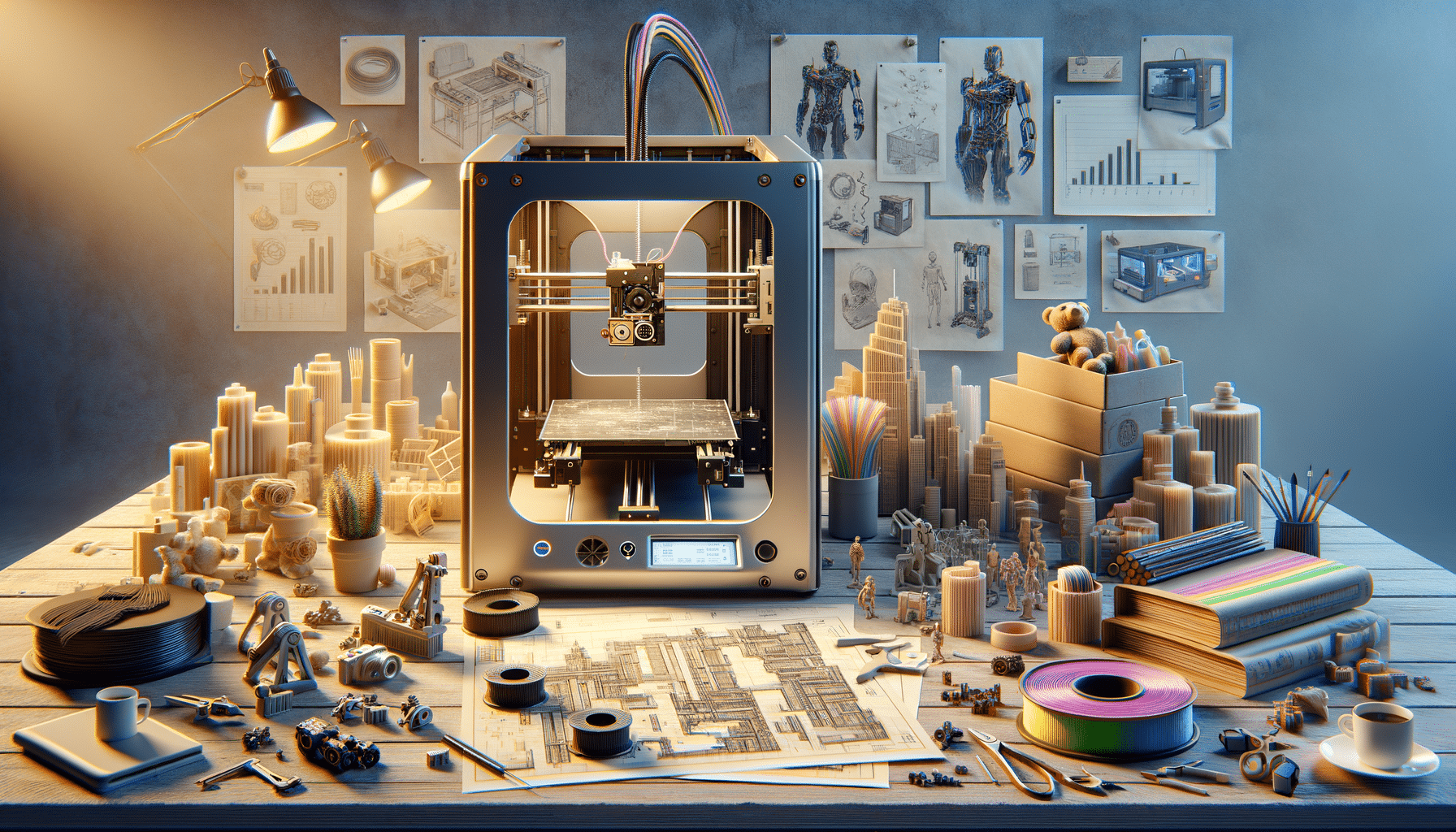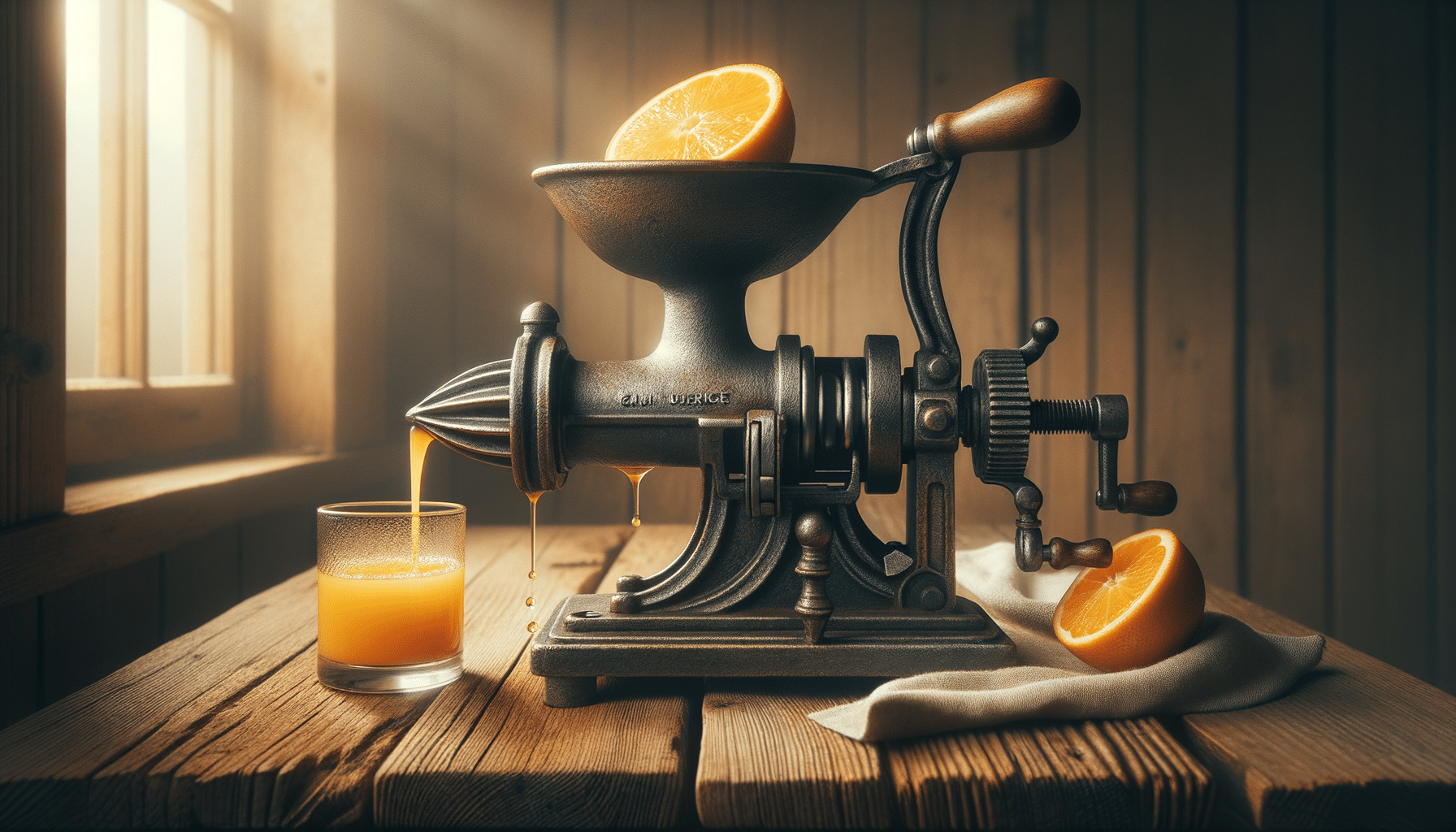
3D Printers for Home Use: Exploring Compact, Resin, and Used Options
Choosing the Right 3D Printer for Home Use
As 3D printing technology becomes increasingly accessible, choosing the right printer for home use can be both exciting and daunting. The key is to understand your specific needs and how different types of printers can meet them. For those new to 3D printing, desktop models offer a compact, user-friendly option that fits well in a home environment. These machines are designed to be straightforward, often featuring intuitive interfaces and pre-set modes that simplify the printing process.
When selecting a 3D printer for home use, consider the following factors:
- Print Volume: Ensure the printer can accommodate the size of objects you plan to create.
- Material Compatibility: Check which types of filament or resin the printer supports, as this impacts the durability and finish of your prints.
- Ease of Use: Look for features such as automatic bed leveling and user-friendly software.
- Price: Determine your budget, as prices can range significantly based on features and capabilities.
Desktop 3D printers are particularly popular for their balance of size, functionality, and affordability, making them a practical choice for hobbyists and small-scale projects. These printers can handle a variety of tasks, from prototyping to creating custom household items, all while fitting comfortably on a desk or workbench.
Exploring Resin 3D Printers
Resin 3D printers are renowned for their ability to produce highly detailed and smooth prints, making them a favorite among artists and designers. Unlike filament-based printers, resin printers use a liquid photopolymer that is cured layer by layer using a UV light source. This method allows for exceptional precision, capturing intricate details that would be challenging for other types of printers.
While resin 3D printers offer outstanding quality, there are considerations to keep in mind:
- Resolution: Resin printers typically offer higher resolution than filament printers, making them ideal for detailed work.
- Material Handling: Working with resin requires careful handling and post-processing, including cleaning and curing the prints.
- Cost: Resin and the associated consumables can be more expensive than filament, impacting the overall cost of operation.
For those looking to achieve professional-grade prints, investing in a resin 3D printer can be a worthwhile decision. They are particularly well-suited for applications requiring fine detail, such as jewelry design, model making, and intricate prototypes.
Buying Used 3D Printers: A Practical Approach
Purchasing a used 3D printer can be an economical way to enter the world of 3D printing, especially for those on a tight budget. The market for used printers is growing, offering a variety of models at reduced prices. However, buying used requires careful consideration to ensure you get a reliable machine.
Here are some tips for buying a used 3D printer:
- Research: Know the model’s reputation and common issues before purchasing.
- Condition: Inspect the printer for wear and tear, and ask about its maintenance history.
- Test Prints: If possible, request a test print to evaluate the printer’s performance.
- Support: Check if the manufacturer still offers support or spare parts for the model.
Used 3D printers can be a great way to access technology that might otherwise be out of reach. With careful selection, you can find a reliable machine that meets your needs without breaking the bank. This approach is especially appealing to hobbyists and beginners looking to explore 3D printing without a significant initial investment.


